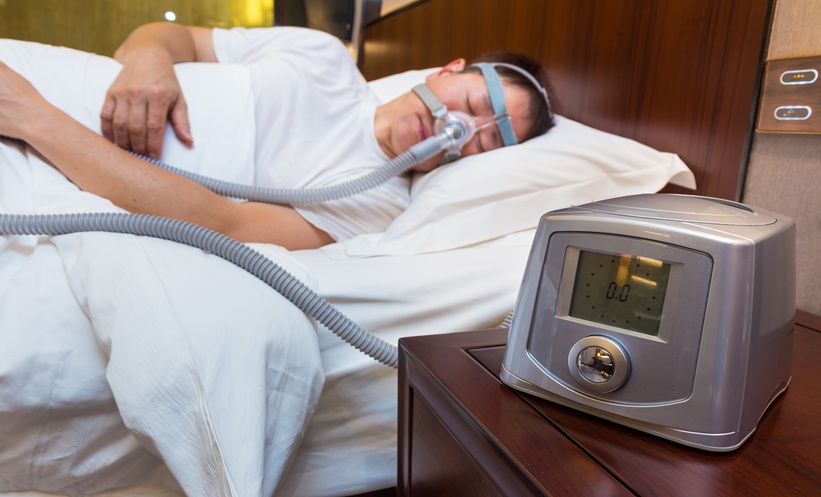BACKGROUND
The chronic obstructive pulmonary disease (COPD) assessment test (CAT) well reflects the functional status of COPD patients;1-4 however, there are only scarce data regarding the evolution of the CAT over time.5 Our aim was to investigate the evolution of the CAT in a telehealth care (THC) cohort of COPD patients and to evaluate the potential of repeated CAT-measurements to predict exacerbations. Furthermore, we wanted to evaluate a possible learning effect of filling out the CAT.
METHODS
The CAT was measured once per week, over a period of <1 year, in 40 COPD patients undergoing THC intervention. The evolution of the CAT was analysed using linear regression. The association between the evolution of the CAT and the occurrence of exacerbations was evaluated using the Andersen-Gill formulation of the Cox proportional hazards model for the analysis of recurrent time-to-event data with time-varying predictors. We modelled the CAT kinetics using the 4-parameter Brain-Cousens hormesis non-linear model. This model describes an initial increasing/decreasing phase followed by stabilisation. In order to decide whether or not a learning effect existed, we compared the goodness of fit obtained by this model with that obtained using linear regression.
RESULTS
The median CAT at study inclusion was 17 (interquartile range: 13–22) points. Analysis of the data highlighted that 25% of patients showed a significant negative slope, 38% had a stable course, and 38% had a significant positive slope. A significant, positive association was found between the change in CAT scores over time and the risk of exacerbations (hazard ratio: 1.08; 95% confidence interval: 1.03–1.13; p<0.001). There was an 8% increase of the risk of exacerbation per unit increase in CAT. We detected a significant learning effect of filling out the CAT in 18% of patients with a median learning phase of five filled questionnaires.
CONCLUSIONS
Of the patients, 63% experienced a stable or improved CAT while being monitored with THC. This promising finding could indicate the potential of our proposed THC procedure to significantly improve health-related quality of life. A significant positive association was found between the evolution of the CAT over time and the risk of exacerbation. The CAT could serve as a marker for exacerbation risk when assessed in a longitudinal fashion. Roughly one-fifth of patients needed to learn how to complete the CAT several times before reliable results could be obtained.
INPUT FROM THE PRESENTATION AT THE EUROPEAN RESPIRATORY SOCIETY CONGRESS
The poster presentation was well accepted by the audience with large amounts of interest, and positive comments sparked a fruitful discussion. The audience and the chair persons appreciated the novel method of measuring the CAT score in a longitudinal fashion which, until now, has rarely been performed or published. They agreed that measuring the CAT repeatedly and calculating a slope could serve as a prediction tool for exacerbations. The second novel aspect of the learning effect of filling out the CAT was also received with interest. One issue was how to get more patients to use this kind of THC platform, because only a minority of screened patients were included. Many of the older generations in Switzerland have no internet access and therefore could not take part in our intervention; this will be resolved over the years by supplying more people with online access. The second most common reason for not participating was a rather restrictive attitude regarding study participations in general. This should be addressed by motivating patients; for example, by highlighting the immediate personal benefits. Also, concerns regarding data safety and privacy must be addressed.







